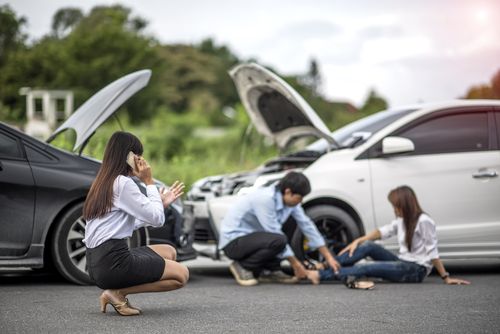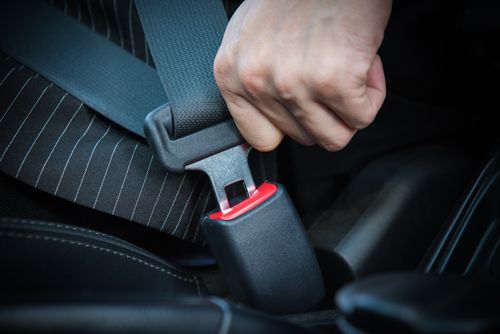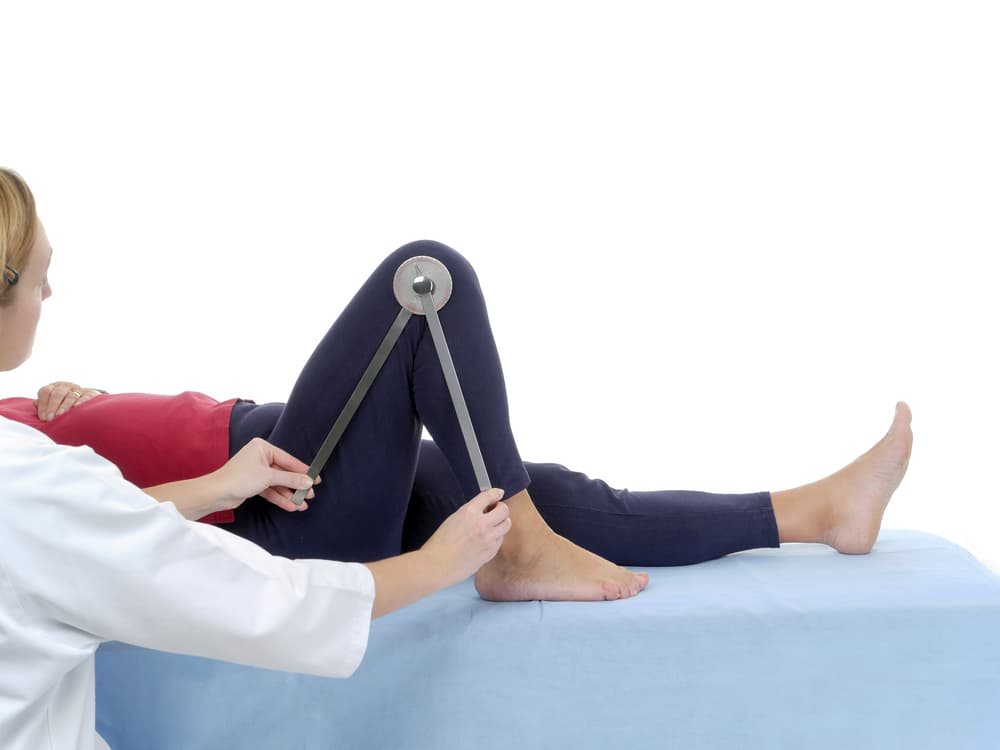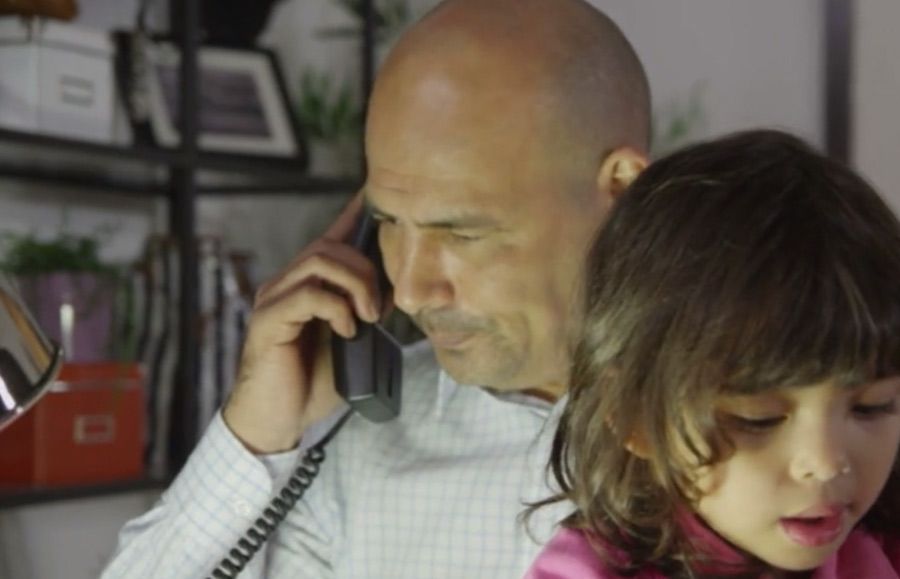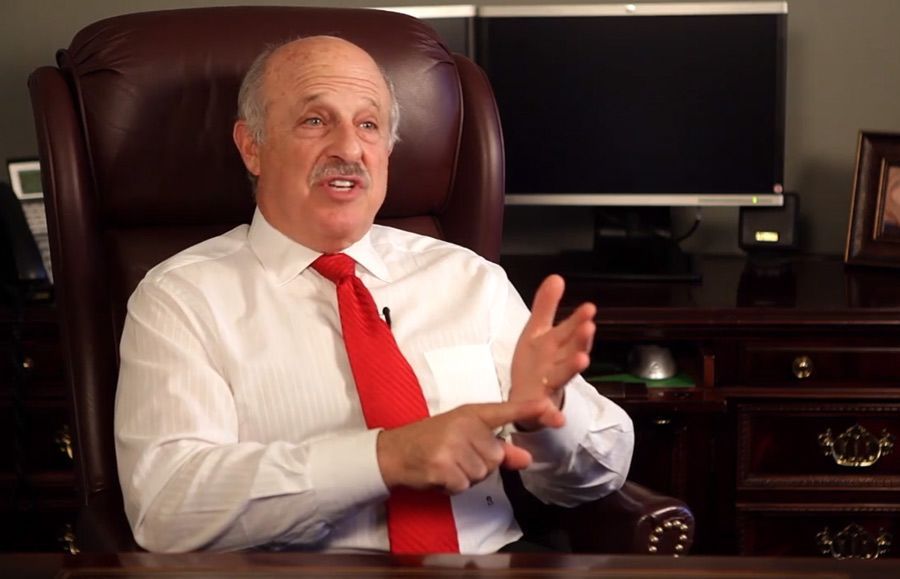Anyone who suffers injuries in a car accident can, under most circumstances, sue the at-fault driver to recover damages for those injuries. Unfortunately, when the victim dies, an Estate representative must be appointed to take over or the claim can no longer be pursued. Additionally, certain specified survivors of the victim can benefit from a suit for wrongful death.
Wrongful death laws vary from state to state, including who can file a claim. For example, an executor or personal representative of the deceased individual must file a wrongful death suit in New York. Below, we will use New York as an example of the process for wrongful death cases, though remember the rules might be different in your case.
Wrongful Death in New York
Under New York law, wrongful death is, among other things, a death caused by a wrongful act for which the decedent might have sued for damages through a personal injury lawsuit if they had survived. In the case of a car accident, the underlying wrongful act is negligence, usually reckless driving or driving under the influence.
New York requires you to prove five elements for a successful wrongful death case:
- Someone died
- The at-fault party’s wrongful or negligent conduct caused the death
- The deceased might have pursued this cause of action as a personal injury case to recover damages had they lived
- One or more persons in the victim’s family suffered a loss due to the decedent’s death
- The victim’s estate can recover damages on behalf of the surviving spouse and children
However, the victim’s survivors are not the ones who can bring the lawsuit. Instead, only the personal representative or executor of the decedent’s estate can bring the lawsuit. However, if a family member is an executor or personal representative, that person can file in the applicable capacity.
Distribution of Damages in Wrongful Death
The distribution of any recovery received in a wrongful death case happens according to strict statutory guidelines defining who gets what percentage of the proceeds:
- If the deceased had a spouse and children, the spouse gets $50,000 plus 50 percent of the remainder of the recovery. The other 50 percent is divided equally among the children.
- If there are no children, the spouse receives the entire award.
- If there is no spouse but there are surviving children, the settlement or award is divided equally among them.
- If the decedent had no spouse and no children, the entire amount goes to the decedent’s parents.
New York’s laws designate further distribution if none of the above are surviving.
How Long Do You Have to Sue?
For a New York wrongful death claim, the personal representative or executor must file suit no later than two years from the date of the decedent’s death. There are very few exceptions to this limitation. If there is a criminal case based on the same facts, the time limit is one year from the date that the criminal case ends. Further, the age of the distributees of the Estate can play a role in the time period.
Damages Available in Wrongful Death
The amount of damages available in wrongful death, as in any personal injury case, depends on the facts and circumstances of the particular case.
Given that, however, the following types of damages are generally available when applicable to the facts of the case.
- Burial and funeral expenses will go to the individual(s) who paid them.
- Medical and nursing care provided to the decedent during the final illness or injury of the deceased person
- Pain and suffering that the victim underwent and of which they knew during the final illness or injury
- The value of the services and support that the deceased provided to family members
- The value of the care, guidance, and nurturing the deceased gave and would have continued to give the surviving children.
- Any inheritance loss suffered by the deceased’s surviving children.
- The financial loss incurred due to a loss of wages in the period between the victim’s illness or injury and death.
- A figure of nine percent interest on the amount awarded as damages, calculated from the day when the death occurred
How Common Are Fatalities in Car Accidents?
The rate of death in motor vehicle accidents depends very much upon the nature of those in the accident. The overall average in the United States is currently just under 12 percent. In accidents when a car going 30 miles an hour hits a pedestrian, the rate increases to 20 percent. Accidents involving large trucks make up about 6 percent of accidents, but about 11 percent of traffic fatalities, usually causing the death of those in the other vehicle.
What Are Common Causes of Death in Car Accidents?
Cars are safer than they’ve ever been, and drivers are better trained. Yet, we continue to have thousands of motor vehicle accidents every year, many of which result in someone dying. Most injuries in a car accident are one of two types.
The first type is impact injuries, where some part of the victim’s body strikes an object. Think about hitting your head against the windshield or being hit by flying debris. The second type is penetrating injuries, where an object pierces the victim’s skin creating lacerations or other wounds. Examples include shattered glass wounding the victim’s face.
These common injuries often kill their victims:
- Traumatic Brain Injury – Traumatic brain injury (TBI) can result from a blow to the head or penetration of the skull by an object that reaches the brain. TBIs can cause immediate death. Even seemingly mild brain trauma can result in fatal complications, as the “mild” TBI designation relates only to the initial presentation of symptoms and not the victim’s overall prognosis. TBIs that medical professionals call mild can still be severe injuries resulting in death or serious and lasting effects and complications. If you or a loved one acquire any TBI, watch for any complications.
- Spinal Cord Injury – A sudden impact from another vehicle or an object can twist the body, causing a spinal cord injury. Similarly, shattered window glass or other vehicle parts can pierce the back and sever the spinal cord. Severe injuries or total severing of the spinal cord can lead to paralysis or death.
- Internal Injuries and Bleeding – Internal bleeding resulting from injury to various vital bodily organs can lead rapidly to death, even before medical treatment is available. When internal bleeding does not receive treatment, heart and breathing rates increase while blood pressure and mental acuity decrease. Eventually, if nothing else causes death, the victim will bleed out and die within about two hours of the injury.
- Broken Bones – It may seem unlikely, but a broken bone that punctures an organ can cause death. For example, broken ribs can injure the lungs, heart, intestines, liver, and other vital organs. About one in five older adults with serious damage to the ribs will die from complications of the breaks.
What Accidents Are Most Likely to Result in Death?
Some kinds of car accidents very seldom cause death. For instance, most slow-speed rear-end collisions barely damage the bumper, much less kill someone in the accident. However, other kinds of accidents have a much higher likelihood of fatalities.
Before we look at specific collisions, recall that accidents caused by distracted driving are among the fastest-growing fatal accidents in the United States. The CDC says that driver distraction causes as many as 3,000 deaths per year in the U.S. Distractions include texting, adjusting the dashboard components of your vehicle, eating, applying makeup, taking phone calls, consulting navigation devices, and simple conversations with others in the vehicle. Any of them can kill someone.
The best thing to do is put away your cell phone and stop texting when you drive to avoid:
- Head-On Collisions – head-on collisions are viewed as the most dangerous accidents and occur when two vehicles traveling in opposite directions collide directly in a straight line. Usually, these accidents happen when one or both drivers are running a traffic light, speeding, or swerving to avoid something on the road. Head-on collisions are only 2 percent of car accidents but cause 10 percent of fatalities.
- T-Bone (Side Impact) Collisions – T-bone accidents, which usually happen at intersections where one car is running a red light or turning in front of oncoming traffic, are dangerous in direct proportion to the speed at which the at-fault driver is traveling. A high-speed T-bone collision against the passenger side of the vehicle can cause injuries leading to death. Passenger side doors offer far fewer safety devices and less protection than the front of the vehicle, leaving passengers extremely vulnerable to severe injury in a T-bone accident.
- Multi-Vehicle Pile-ups – Multi-vehicle pile-ups aren’t necessarily highly dangerous to the first two cars in the collision. They usually occur in congested traffic or in poor weather conditions where drivers can’t see and can’t stop. The pile-ups in congested traffic aren’t the most dangerous because the drivers tend to move slowly by definition. However, in poor weather, not all drivers slow down enough. They may not see the danger until too late. These difficulties increase the likelihood of a high-speed collision and fatal injuries.
- Rollovers – Rollovers happen most frequently in vehicles like SUVs and small trucks with a higher center of gravity than most cars. They also happen with improperly loaded tractor-trailers and tanker trucks. All of these vehicles are prone to rollovers because of the gravity problem. However, when there is improper or dangerous loading, the risk of a rollover coming even from something as simple as hitting a curb or pothole is very high. After the rollover, other vehicles may be struck or shoved into oncoming traffic, and explosions may occur, particularly with tanker trucks carrying hazardous materials.
- Single Vehicle Collision – Another frequently fatal accident occurs when a single vehicle hits a stationary object at a high rate of speed. The stationary object has no flexibility or ability to move out of the driver’s way, meaning that the front end of the car and the driver must absorb the full impact of the high impact.
- Pedestrian Accidents – When a motor vehicle hits a pedestrian, it’s generally always bad for the pedestrian. Even at the relatively slow speed of 30 mph, one of five pedestrians hit will die. As the speed goes up, so does the risk of death. The rate of this kind of death is rising because larger, heavier vehicles are more common. They are harder to stop to avoid the collision and cause more damage when they do hit the pedestrian. Plus, the style of SUVs and other heavier vehicles means that more injuries occur to the head and torso of the pedestrians rather than the far less often fatal legs.
How Can a Wrongful Death Lawyer Help?
If you have experienced the tragedy of the wrongful death of a loved one in a car accident, you can be facing some of the most emotional times of your life. Do not suffer the emotional and financial consequences of dealing with that death on your own. The executor or personal representative of your loved one’s estate should contact a wrongful death lawyer sooner rather than later.
The wrongful death attorney can help the executor through the maze of wrongful death laws and file a timely claim on behalf of your loved one’s surviving family. You can’t sue on your behalf, but the person handling your loved one’s estate can aggressively pursue a recovery for you. One of you should contact a wrongful death attorney today for an initial consultation, case evaluation, and advice. Make sure your loved one’s spouse and children get the benefits they should have received in a lifelong relationship.
